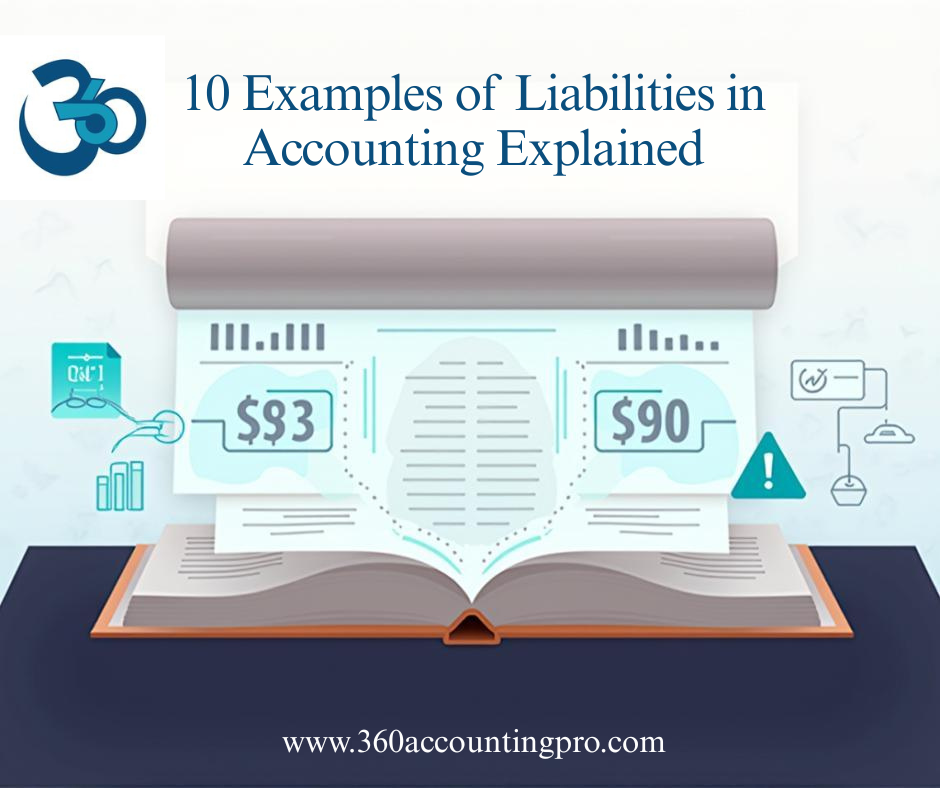

25-04-25
In accounting, liabilities refer to the financial obligations or debts a business owes to outside parties. These can arise from various business activities and are crucial for determining a company’s financial health. Liabilities are typically split into short-term liabilities (due within one year) and long-term liabilities (due after one year). Understanding these liabilities is essential for accurate financial reporting and decision-making.
Here are 10 examples of liabilities in accounting, helping you understand how each one impacts your financial statements.
1. Accounts Payable (AP)
Accounts payable is a short-term liability that represents money a business owes to suppliers for goods or services received. Typically, this debt is due within 30, 60, or 90 days and is considered part of current liabilities.
2. Loans Payable
Loans payable are liabilities arising from borrowed funds that must be repaid with interest over time. Short-term loans payable are due within one year, while long-term loans payable extend beyond one year.
3. Wages Payable
Wages payable refers to the amount of money a business owes its employees for work performed but not yet paid. This liability is typically settled within a short period, like weekly or bi-weekly, depending on the payroll schedule.
4. Taxes Payable
Taxes payable includes taxes a company owes to government authorities, including income tax, sales tax, and payroll taxes. These taxes are considered current liabilities and must be paid according to government deadlines.
5. Interest Payable
Interest payable is the amount of interest a business owes on loans, bonds, or other debts. The payment is due periodically (e.g., monthly or annually) and is categorized as a short-term liability if due within one year.
6. Notes Payable
Notes payable refers to written promises to pay a specific amount of money at a future date. These can be either short-term or long-term liabilities depending on the maturity period.
7. Bonds Payable
Bonds payable are long-term liabilities where a business borrows money from investors with the promise to pay back the principal along with interest at specific intervals. This is typically a long-term debt obligation due in several years.
8. Accrued Expenses
Accrued expenses are liabilities that have been incurred but not yet paid. Examples include utilities, insurance premiums, and other operating costs that are recorded before they are settled.
9. Unearned Revenue
Unearned revenue, also known as deferred revenue, represents money a business receives from customers for goods or services not yet delivered. This is considered a liability because the business owes the customer the product or service.
10. Customer Deposits
Customer deposits are money a company holds from customers in advance of providing goods or services. These deposits are typically refunded or applied to future purchases and are categorized as current liabilities.
Conclusion
Liabilities play an essential role in accounting, providing insights into a company’s financial obligations. By properly categorizing liabilities—whether short-term or long-term—businesses can effectively manage their debts and plan for future financial stability.
Whether you’re handling accounts payable, managing loan obligations, or tracking unearned revenue, understanding liabilities helps ensure your financial statements are accurate and reflect your company’s true financial health.
If you need assistance in managing liabilities and staying on top of your financial obligations, 360 Accounting Pro Inc can help. We specialize in accurate bookkeeping, tax filing, and financial management to ensure your business stays on track.
Contact 360 Accounting Pro Inc today for expert accounting and financial support.
Tags : #AccountingLiabilities, #ShortTermLiabilities, #LongTermLiabilities, #FinancialObligations, #AccountsPayable, #LoansPayable, #WagesPayable, #TaxesPayable, #InterestPayable, #NotesPayable, #BondsPayable, #AccruedExpenses, #UnearnedRevenue, #CustomerDeposits, #FinancialHealth, #BusinessAccounting, #FinancialReporting, #LiabilitiesManagement, #DebtManagement, #360AccountingPro, #TaxFiling




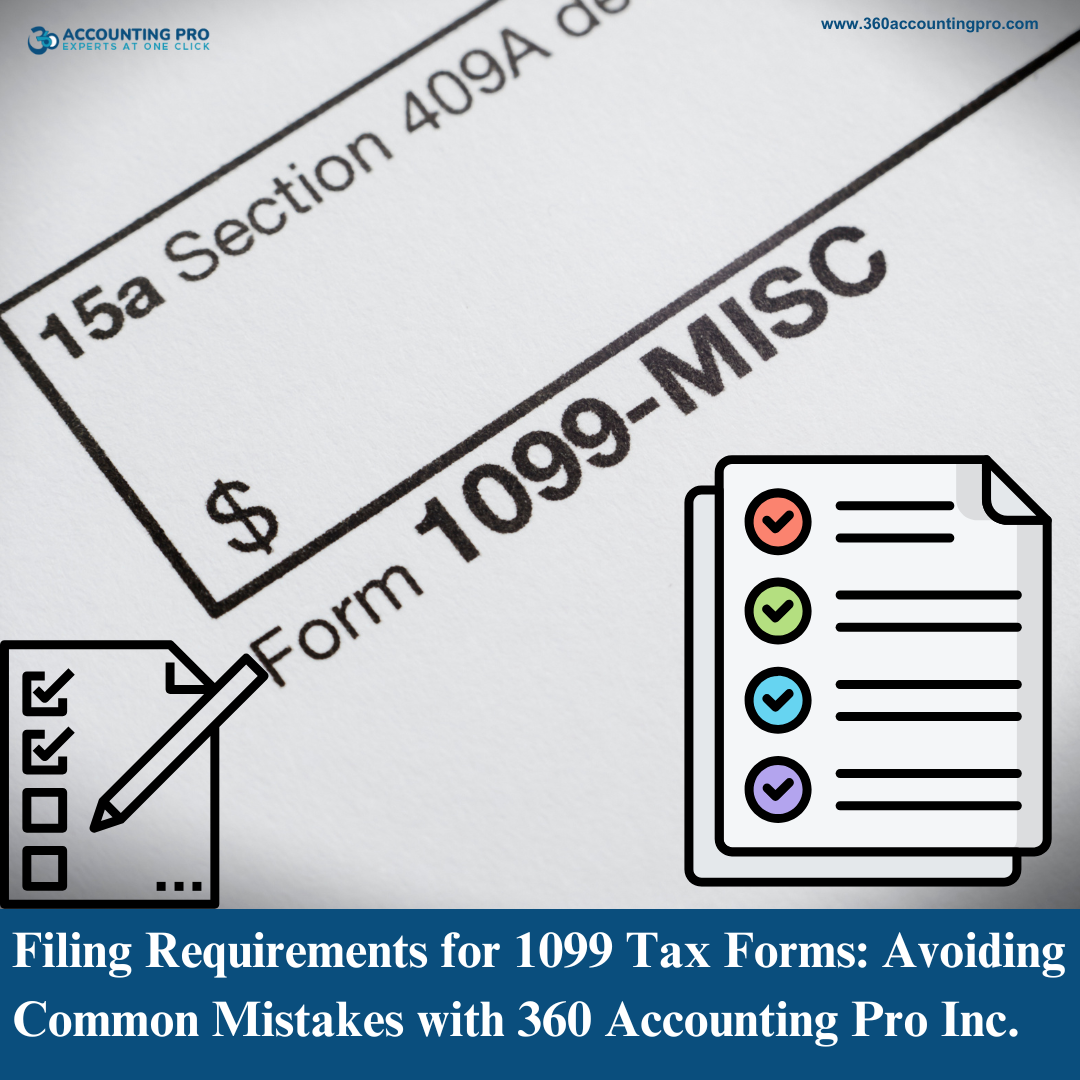


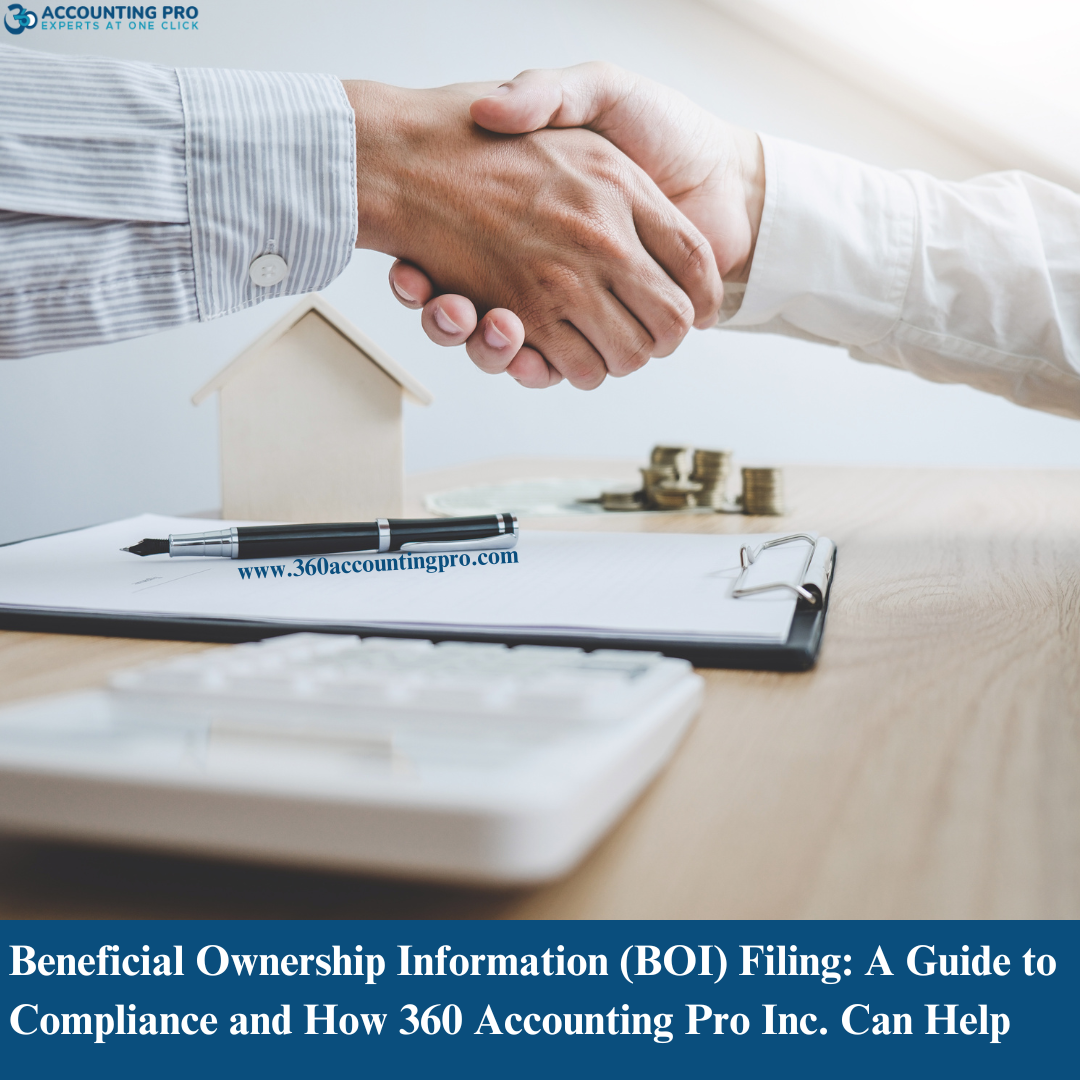
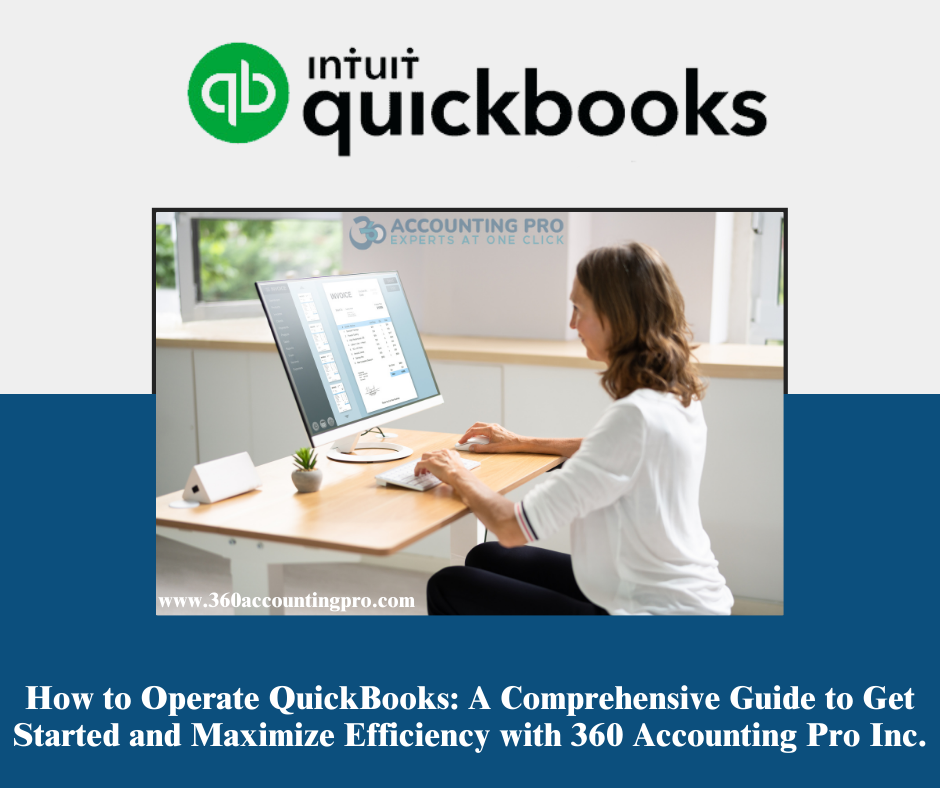

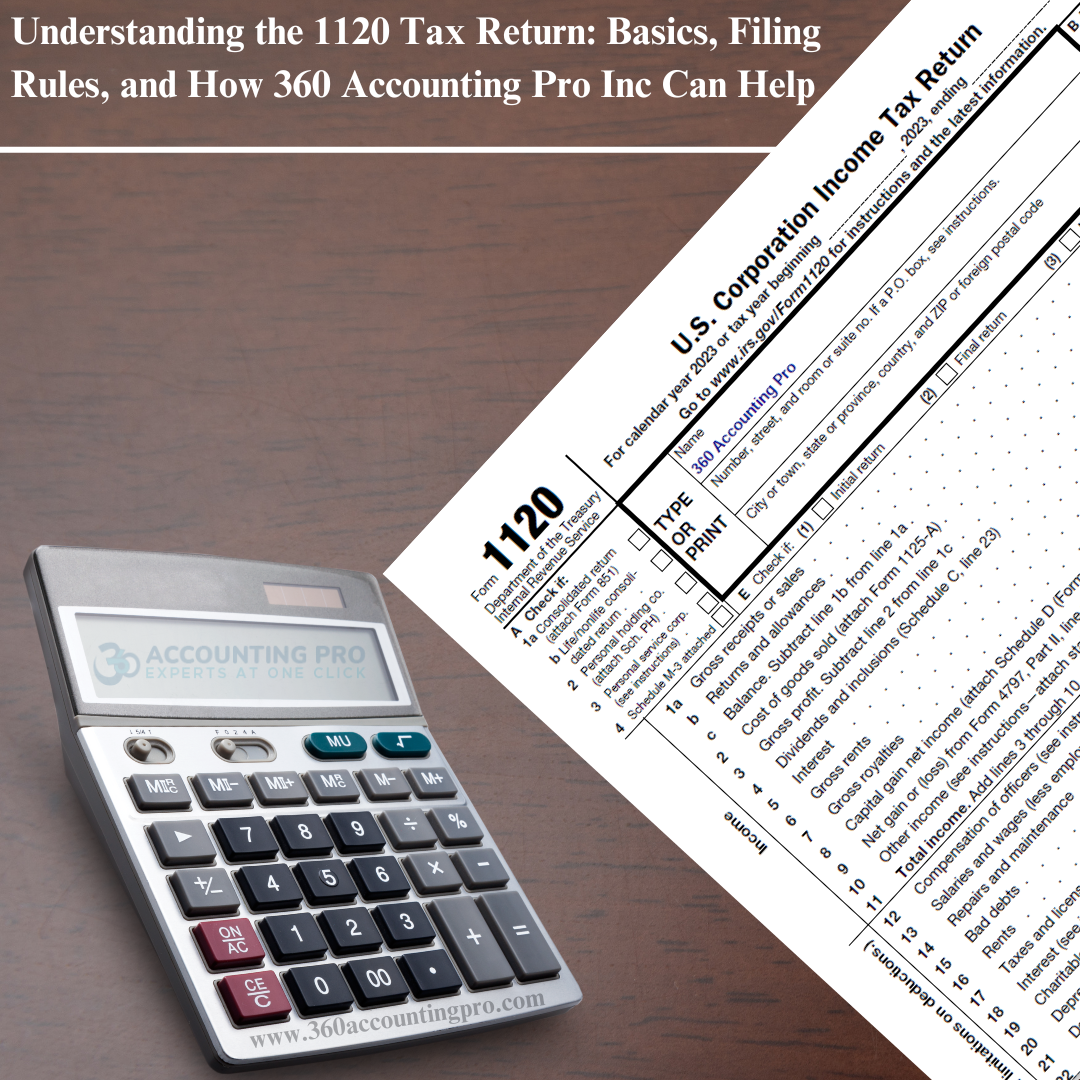
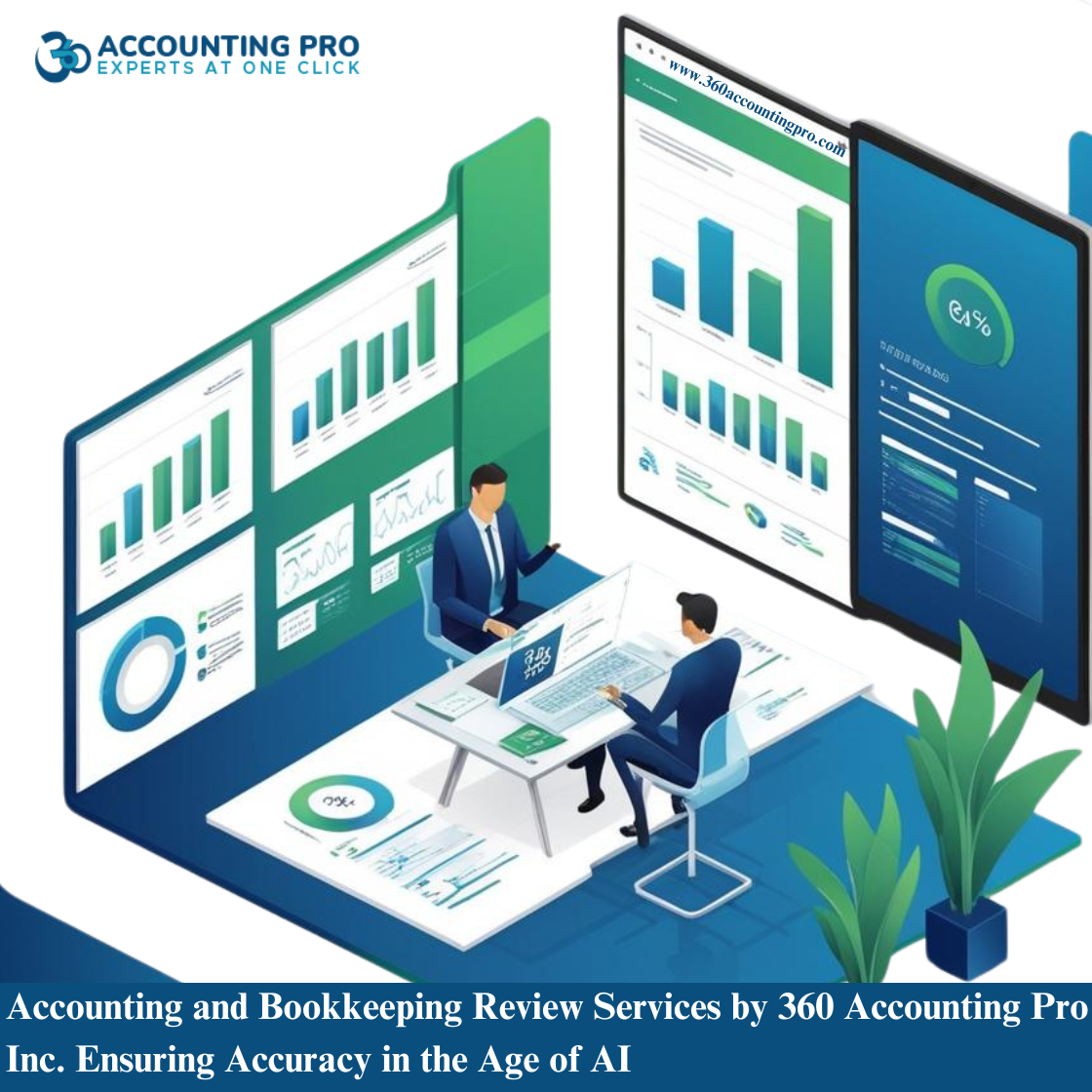
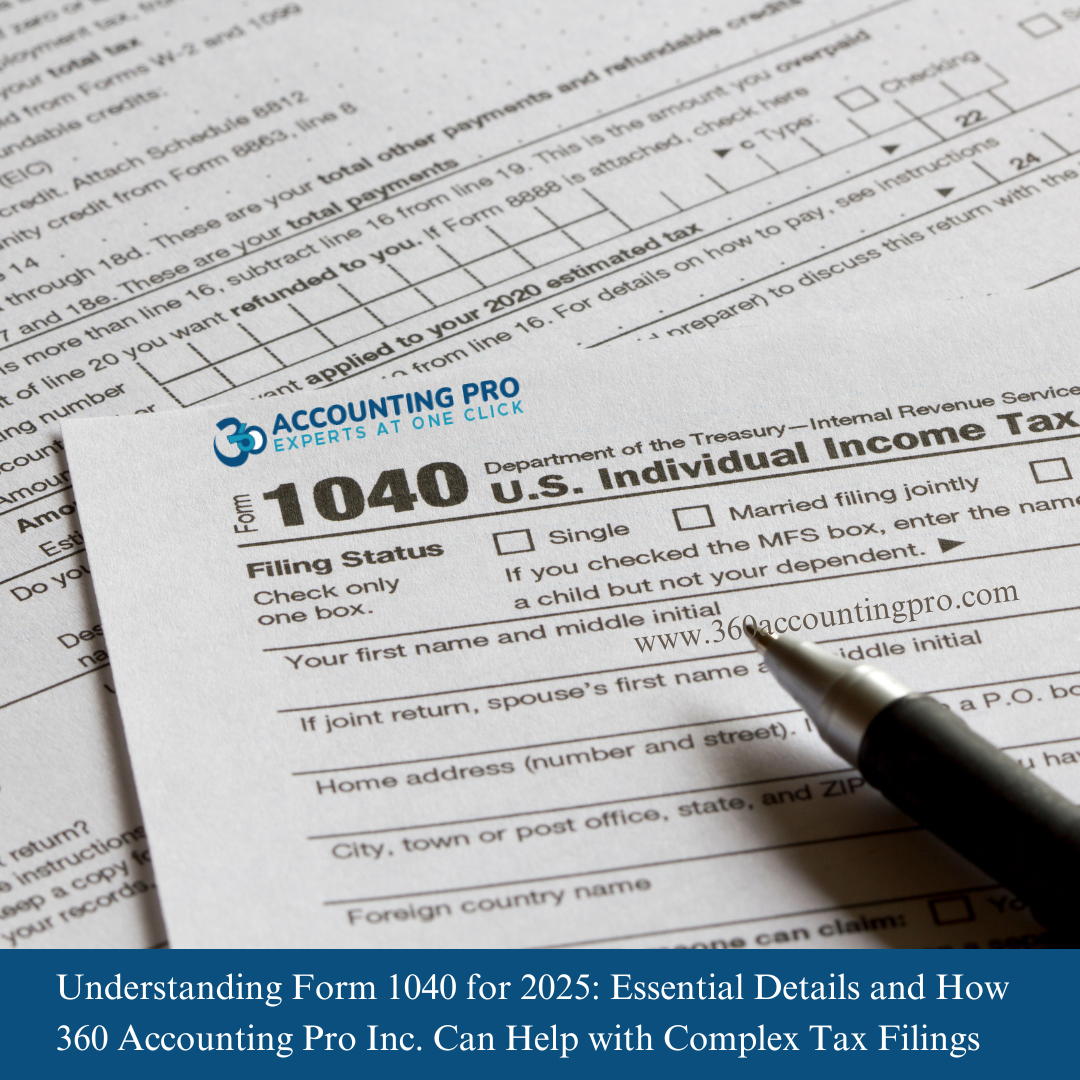


































.jpg)
.jpg)
.jpg)
.jpg)


).jpg)





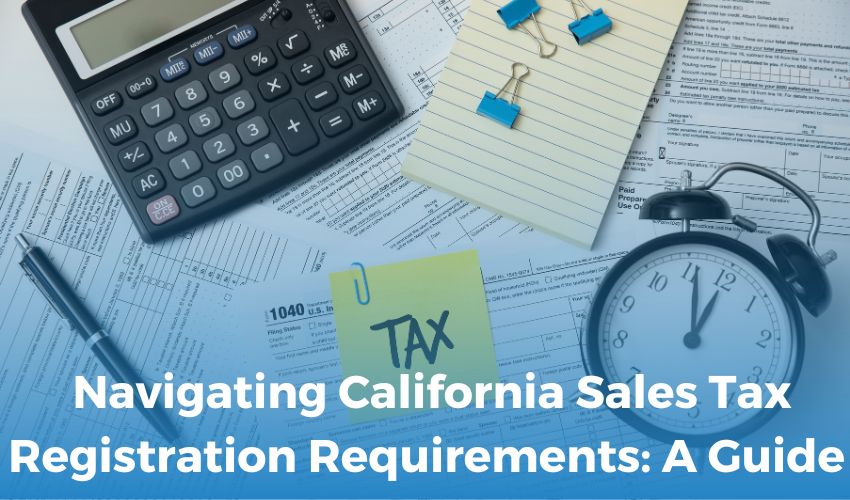





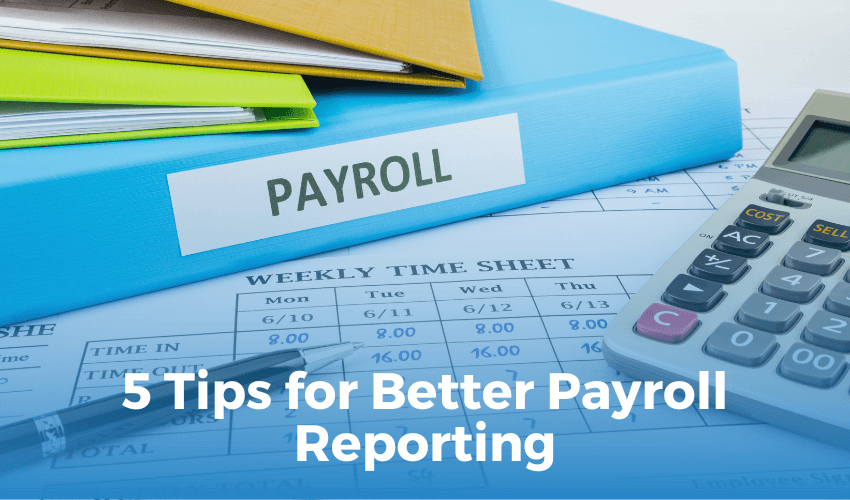
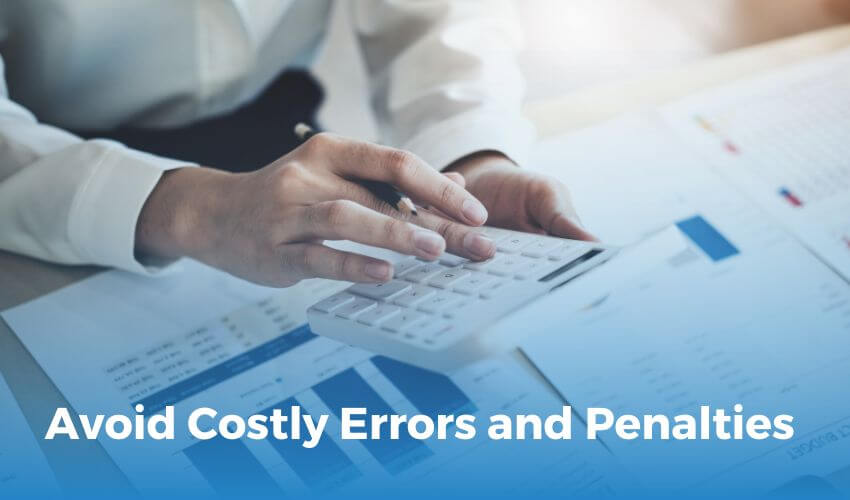

 Get A Quote
Get A Quote
Leave A Comment